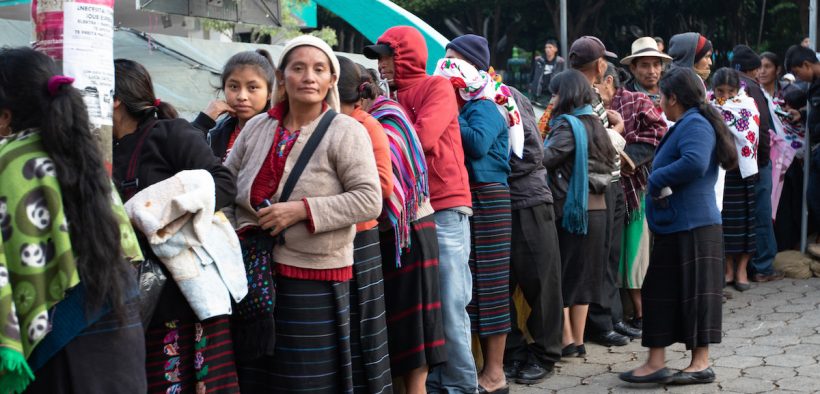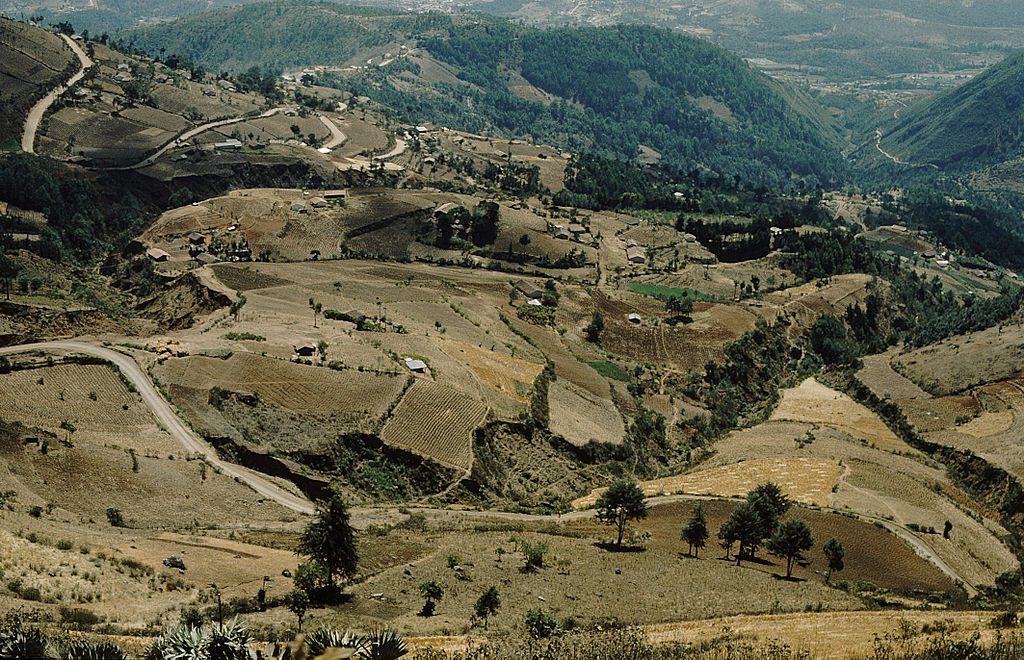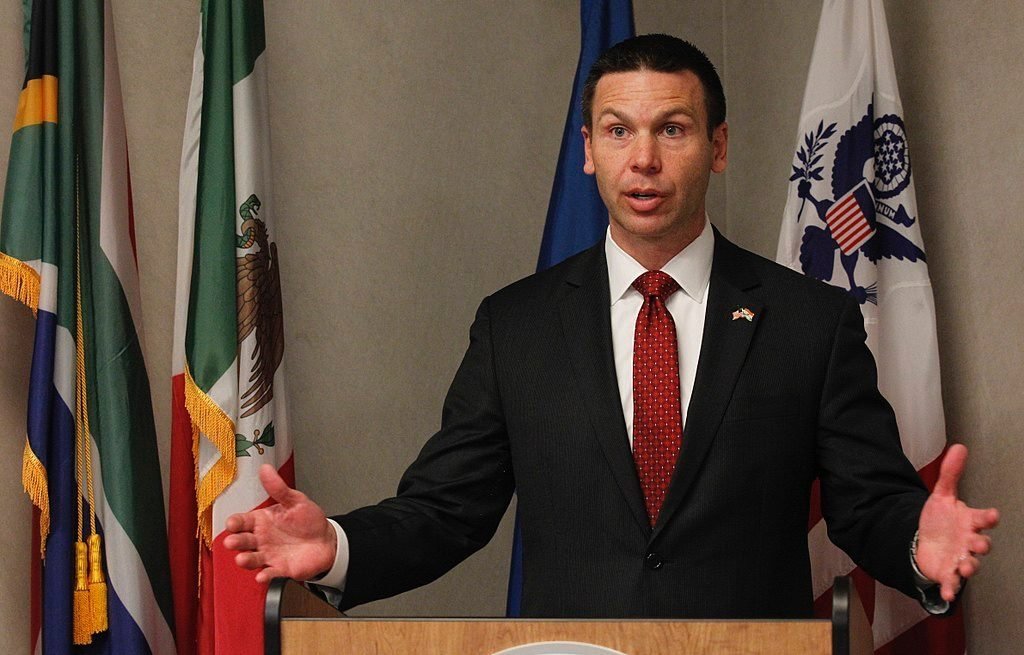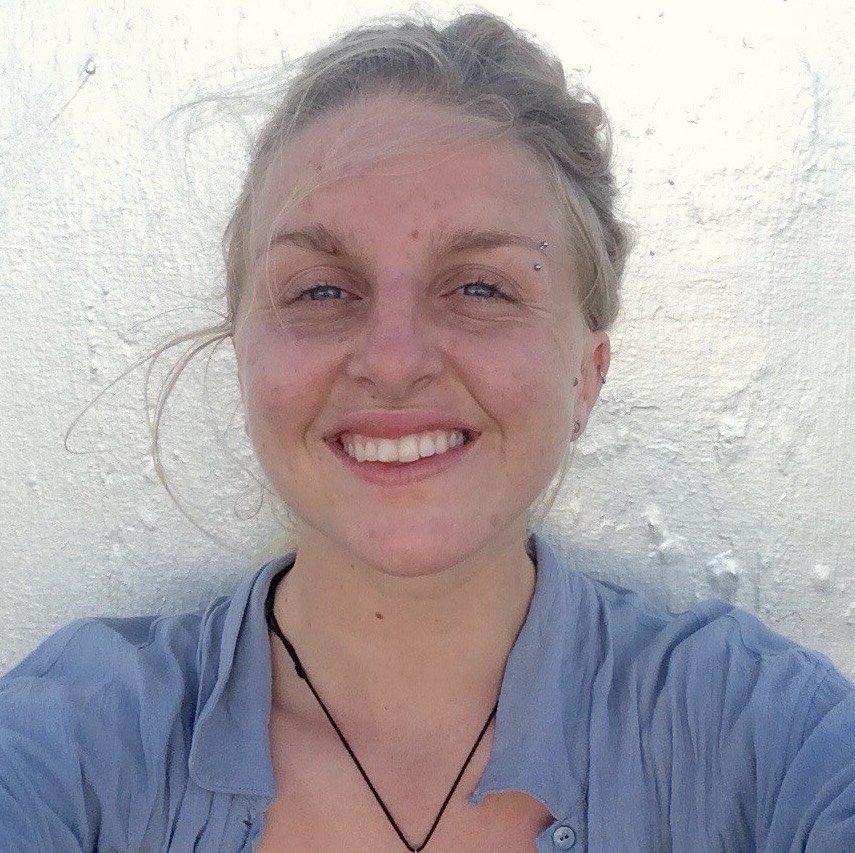New Joint US-Guatemala Program to Stem Migration Nets Big Bust

The U.S. Homeland Security Department is helping to stem migration from Guatemala.
In a new effort to tackle immigration issues, the United States is sending additional homeland security agents to Guatemala, where they will assist the national police to inhibit human smuggling operations. These smugglers play a major role in the path of family migration from Central America to the U.S. southern border.
How the US-Guatemala Initiative Will Work
Acting Director of the Department of Homeland Security Kevin McAleenan announced the cooperation agreement during his visit to Guatemala City this week. The agreement involves at least two dozen investigators and intelligence personnel who will advise the Guatemalan migration authorities and assist in the prosecution of smuggling rings.
“Other areas of cooperation include increasing the security of the Guatemalan border to stem the flow of irregular migration while ensuring proper preparation to improve the ability of both countries to identify and better understand their root causes,” according to a DHS media statement.
Three percent of the population in the Huehuetenango department of Guatemala have left the country in the past seven months, according to DHS officials.

The Huehuetenango Department of Northern Guatemala has experienced large emigration trends in the last year.
US-Guatemala Cooperation Brings Smuggling Bust
As an example of this cooperation, on Wednesday, Guatemalan authorities announced they’d arrested nine members of a smuggling operation in Guatemala City. This bust of the human-trafficking group, dubbed the Merida organization after the alleged ringleader Linda Fausta Merida-Lopez, was the first success story from this joint effort of U.S. and Guatemalan officers.
The Merida operation had assets of $10 million. For their smuggling services across the Guatemalan border into Mexico, they allegedly charged $11,000 to $12,000 per adult and $3,500 for minors, according to the Associated Press.
The Merida operation has smuggled roughly 800 individuals per year from Guatemala and their Central American neighbors, as well as individuals from as far away as Somalia and Pakistan.
Mexico Suffers Immigration Backlog Too
Once delivered into Mexico, many migrants are now met by a backlog in Tapachula, Chiapas, where they must wait for an exit visa from Mexican immigration authorities. They need this visa in order to legally move through the country to northern border points.
On the border with the U.S., migrants either join wait lists to request asylum or pay smuggling groups to direct them across, where Border Patrol agents may apprehend them. If traveling with a child, many spend less than a week in detention and are released while customs processes their asylum requests.
“You’ve got to come through Guatemala, so if we can create a border security situation that’s more robust on the Guatemalan border with Honduras, the Guatemalan border with El Salvador…that’s going to disrupt this cycle,” McAleenan said.

U.S. Department of Homeland Security acting directing Kevin McAleenan. CBP Photo by Glenn Fawcett
Smugglers spread misinformation through Guatemalan communities about the asylum process and migration laws. Currently, many are told that the U.S. will accept families for just the next year, as an attempt by the human trafficking groups to build urgency and increase their clientele.
Guatemala Welcomes US Troops
Discussions between the U.S. and Guatemala have lasted for months to build up to this collaborative effort. After a meeting between U.S. Rep. Vicente Gonzalez (D-Texas) and Guatemala’s ambassador to the United States Manuel Espina, Gonzalez wrote to President Trump to report that Guatemalan officials would welcome U.S. troops and assistance.
“Guatemalan president Jimmy Morales has indicated that he would welcome the introduction of U.S. troops on Guatemala’s northern border,” Gonzalez wrote April 16, in a letter obtained by the Washington Post. “If you want to see fewer apprehensions at the U.S.-Mexico border, I would strongly encourage you to seriously consider President Morales’ offer.”









